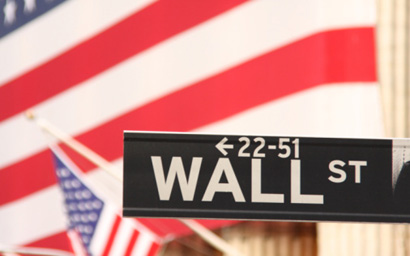The signs of a US recovery have perhaps not been better than they are today in the four years since the financial crisis began.
The S&P 500, the main gauge of US equity performance, reached a four-year high yesterday, while the VIX Index – the “fear” index used as a measure of investors’ nervousness – fell to its lowest level in five years on Friday.
Some market observers, though, warn against complacency, variously saying the current VIX reading could be misleading, and that the highs of US stocks are at an extreme, making them susceptible to bad news.
The S&P 500 has crept 10.6% upwards in slow trading since its June 1 low and has outperformed the Euro Stoxx 50 by about 30% over the past year, more than at any other time since the early 1990s.
Volatility has also declined, and so has the Vix, which measures the expected volatility on options priced into US equities. Its decline would normally indicate that investors are feeling more confident.
But Tristan Hanson, head of asset allocation at Ashburton, said “surely [the VIX] is at odds with the perception that market conditions remain highly volatile”.
Hanson said the slow trading levels could be behind the VIX reading. The index is derived from the market’s expectation of 30-day volatility and, over the past few weeks, daily S&P 500 volatility in US equities has been close to the lowest levels of the past ten years.
Among other suggestions, Hanson said the current period of calm could reflect an easing of fears about Europe, but also that investors may have become complacent about the riskiness of US equities.
Lars Kreckel, global equity strategist at Legal & General Investment Management, said it was time to take an underweight position.
“An overweight in the US seems justified given the superior medium-term outlook for growth and profits. But when such a large number of indicators are close to extreme levels, it tells us that US equities are priced to deliver relative perfection and are very vulnerable to any relative disappointment.”
One of those indicators – the cyclically adjusted price/earnings (Cape) – shows that US equities now trade on twice the Cape of European equities, “easily the highest ratio since our records began in 1983”.
The relative deterioration in some macro indicators is a “development US equities cannot afford” without it being reflected in underperformance.
©2012 funds europe





